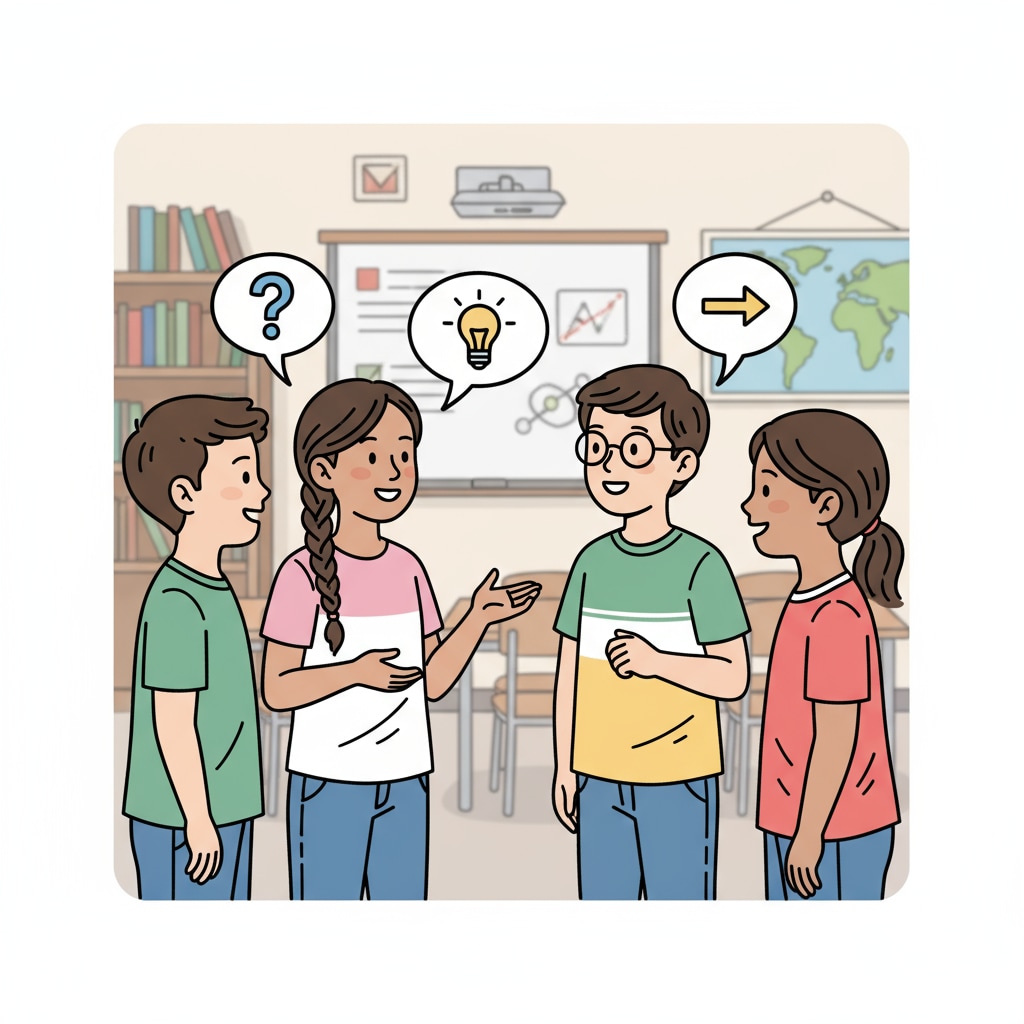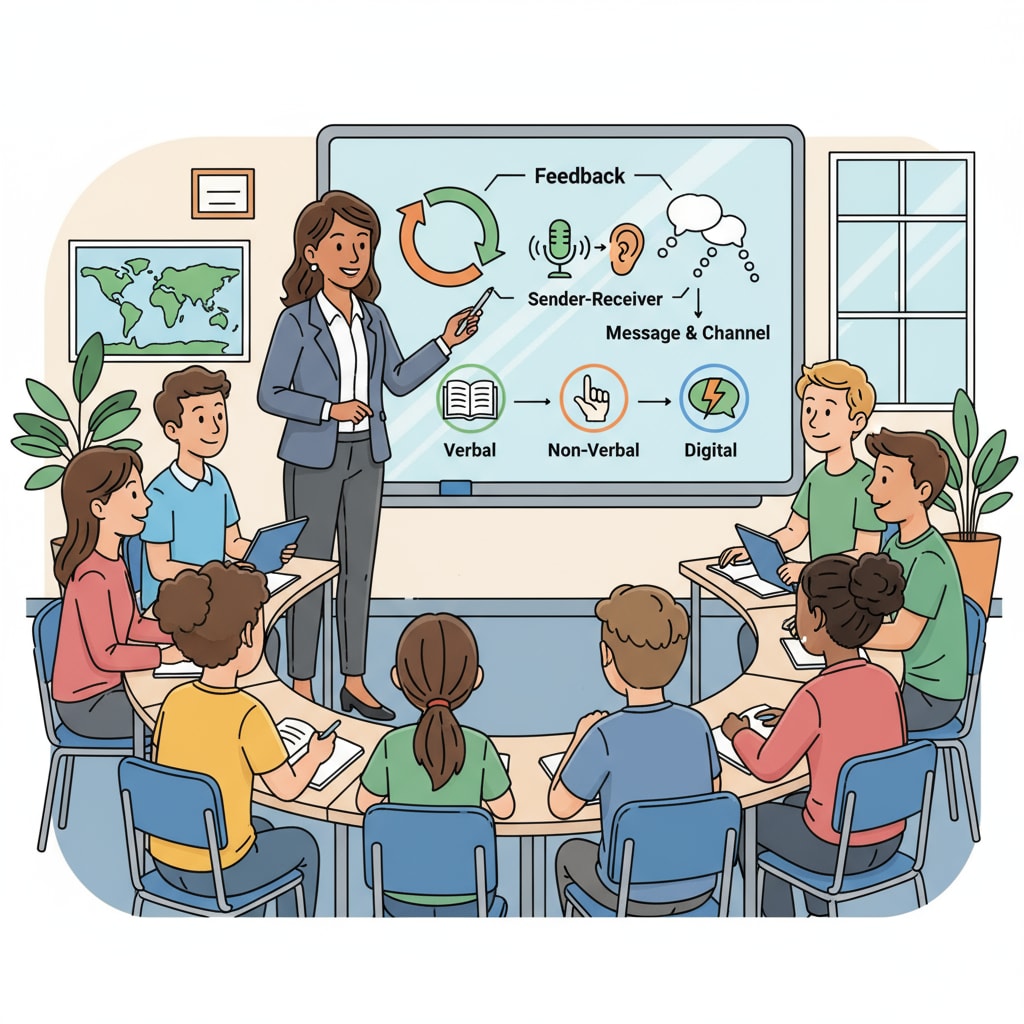Communication skills, active listening, and dialogue are fundamental aspects that play a pivotal role in the growth and development of K12 students. In the realm of K12 education, true communication extends far beyond mere words. It is a complex blend of empathy, emotional intelligence, and the art of active listening.

This article delves into the deep内涵 of these skills and offers practical methods for educators to help students master this vital lifelong learning skill.
The True Essence of Communication Skills
Communication skills are not just about speaking clearly. According to Wikipedia’s entry on communication, it encompasses a wide range of elements. It involves the ability to convey ideas, thoughts, and feelings effectively, while also being receptive to the messages of others. For K12 students, understanding this essence is crucial as it forms the basis for building relationships, both in and out of the classroom.

The Power of Active Listening
Active listening is a cornerstone of effective communication. It means fully concentrating on what the speaker is saying, understanding their perspective, and providing feedback. When students practice active listening, they are better able to understand instructions, engage in meaningful discussions, and build stronger connections with their peers. As stated in Britannica’s article on communication, active listening requires focus and an open mind.
To help students develop active listening skills, educators can incorporate activities such as role-playing and group discussions. These activities encourage students to listen attentively and respond appropriately.
The Role of Dialogue in Communication
Dialogue is the interactive part of communication. It involves a back-and-forth exchange of ideas between two or more people. In a K12 setting, creating opportunities for meaningful dialogue helps students learn to express themselves, understand different viewpoints, and develop critical thinking skills. For example, classroom debates can be an excellent platform for students to engage in productive dialogue.
Educators can foster a positive dialogue environment by setting ground rules, such as respecting others’ opinions and speaking in turn. This way, students feel safe to share their thoughts and ideas.
In conclusion, communication skills, active listening, and dialogue are essential for K12 students. By understanding their deep内涵 and implementing practical teaching methods, educators can empower students to become effective communicators, which will benefit them throughout their lives.
Readability guidance: Short paragraphs and lists are used to summarize key points. Each H2 section has a list to present information clearly. The proportion of passive voice and long sentences is controlled, and transitional words are added throughout the article for better flow.


